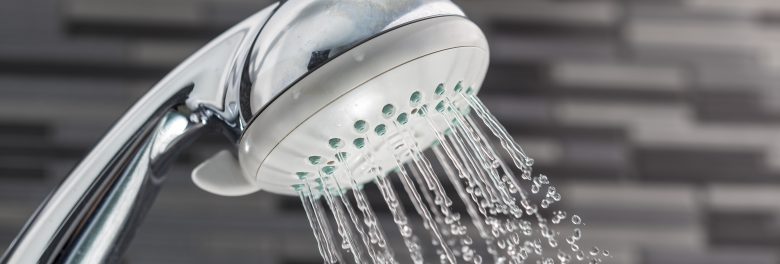
New water neutrality requirements in North Sussex require all new developments to substantially reduce the water usage of new homes and offset the remainder.
Water consumption values need to reduce from the Building Regulation Part G amount of 105L/pp/day for internal water consumption to 85L/pp/day at most.
This reduced value can be achieved in two ways:
- Maximising the water efficiency of toilets, taps, showers, baths, washing machines & dishwashers. This can be achieved with little extra cost, but may impact on resident amenity. An indicative table of the new water consumption values that meet the requirements is shown below.
Installation Type |
Water Capacity/Flow Rate |
||
To achieve 105 l/p/d |
To achieve 85 l/p/d |
||
WC |
Full flush volume |
6 litres/flush |
4.5 litres/flush |
Part flush volume |
3 litres/flush |
3 litres/flush |
|
Bath |
150 litres |
130 litres |
|
Basin tap |
5 litres/min |
4 litres/min |
|
Shower |
8 litres/min |
6 litres/min |
|
Kitchen tap |
6 litres/min |
5 litres/min |
|
Dishwasher |
1.25 litres/place setting |
0.5 litres/place setting |
|
Washing machine |
8.17 litres/kg |
7 litres/kg |
|
- Use of rainwater harvesting systems. These have higher capital costs but greater resident amenity as it allows for normal flow rates. Typical rainwater harvesting systems can cost between £2,000-4,000 per property, with installation costs on top.
Finally, the remaining water consumption needs to be offset within the development’s water supply zone. This can be done through retrofitting existing properties or working toward leakage reduction schemes. Using figures from Waterwise, the estimated offset cost per 3 bed home built is £250-£690.
Currently, water neutrality is only required in parts of Sussex, however with housing demand and impacts of climate change rising, water neutrality may become increasingly important in other areas.
Posted on January 19th, 2022
Related services: Sustainability Statements, Planning Pre-assessments, Water Use, Climate Change Adaption, Water Neutrality,